Best Carnivore Diet on A Budget Tips to Beef up Your Savings
Primal Edge Health participates in the Amazon Services LLC Associates Program and other affiliate programs and therefore, may collect a share of sales or other compensation from the links on this page. This comes at no additional cost to you, and all the prices and availability are accurate at the time of publishing.
Are you planning to follow a carnivore diet on a budget but don’t know where to start? I’ve been eating meat heavily since 2018 and know how hard finding budget-friendly meat can be. Here are my best tips to help you succeed on your carnivore journey without hurting your wallet.
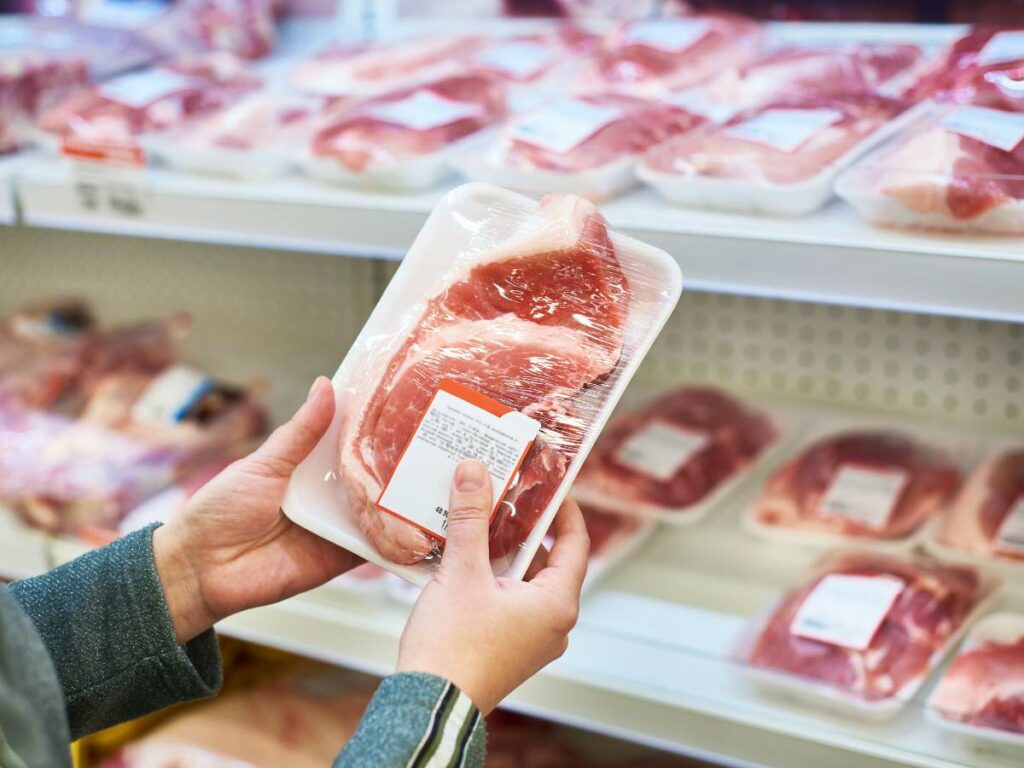
Table of Contents (click to view)
Tips for Cost Savings
At first glance, animal foods don’t look cheap, so it’s understandable to think switching to a carnivore diet would be costly. But did you know that you don’t have to break the bank to enjoy such a dietary choice?
Here are some quick mindset tips to start with:
- Consider food purchases as investments in your health. As with any wellness diet, the hope is to minimize the need for medication and medical treatments in the immediate and long-term future.
- Remember everything you aren’t buying. No sodas, candy, processed grains, bread, or empty calorie food, which adds up to a shocking amount of money each month.
- While meat might have a higher price tag, it is also a more nutrient-dense food. Looking at food in terms of cost related to nutritional value rather than just bottom line dollar amount will be helpful. The goal now becomes getting the most nutritional bang for your buck.
Now, on to specific shopping strategies that will save you a lot of money on a carnivore diet! Here are some tips I’ve learned after following a carnivore lifestyle for over five years.
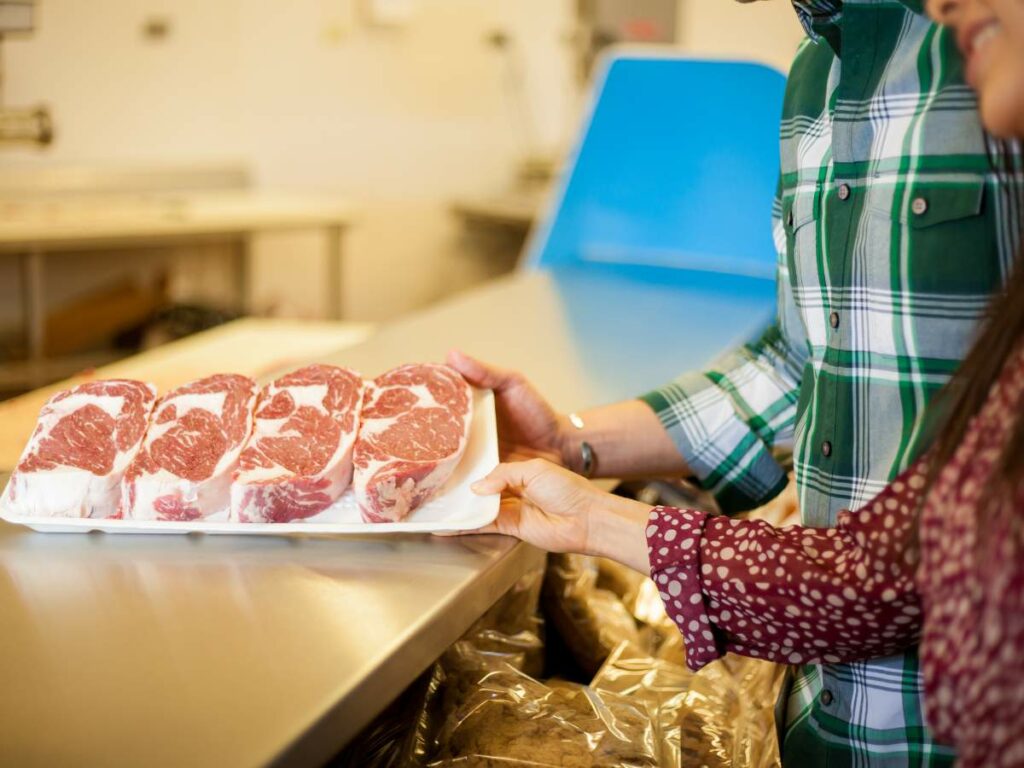
Bulk Buying
Bulk buying might not be the first thing that comes to mind when you’re on a limited budget. However, purchasing larger quantities of meat is a great way to save money. By doing so, you can take advantage of good prices with lower per-unit costs. Additionally, you can minimize the frequency of your grocery trips, saving you more money and time in the long run.
Stocking up on sales was a big strategy for me when I started looking for an effective way to stop spending so much money on food. Everything would get meal prepped as soon as I got home or put in the freezer for later. Properly storing a bulk purchase is important so nothing spoils or gets wasted.
Participating in a cow share program, where you buy individual shares of a whole cow upfront, or purchasing a bulk order of an eight or a quarter cow are two additional ways to score bulk meat. If this seems like a lot of meat, split the order with friends and family until the bulk becomes more manageable. You’ll still get a discounted price but won’t need to store it all yourself.
Plus, a huge benefit of the carnivore diet is the nose-to-tip principle! This way, no part of the cow goes to waste, and you get the positive effects of those unusual bits that you typically wouldn’t eat otherwise.
Seasonal Shopping
Speaking of sales, being mindful of seasonal shopping opportunities is helpful too. Some types of meat go on sale at certain times of the year, even expensive cuts sometimes. Similarly, you might see prices soar when demand is high, especially around holidays when everyone is ready to drool over a rib roast. Start paying attention to fluctuations in your area.
Keep an eye out over the summer holiday period around Memorial Day, Fourth of July, and Labor Day when grilling and cookout season peaks. There’s plenty of meat to go around, and it’s often on sale.
Discount Hunting
It’s important to do discount hunting as much as possible. Not only is the thrill of the hunt fun, but you’ll save money after finding the cheapest option. Start by looking for special offers on animal products at your local grocery stores. Start up a conversation with your local butcher about inexpensive options and the cheapest cuts of beef. Also, ask if there are any upcoming opportunities or if they have anything in the back at a discounted price.
The best time to buy marked-down and “yellow sticker” meat from the local grocery store is either in the early morning before 9:00am or at the end of the day. Again, ask the employees at your store for their schedule.
Additionally, make the most out of loyalty programs, coupons, and sales whenever you can to save money. Using an app to compare prices across different stores is also possible.

Direct Purchasing
Here’s my favorite tip: buy direct! Directly purchasing from farmers or ranches will save you money compared to buying from supermarkets.
Plus, you get to support small-scale agriculture and really put your dollars to work for a good cause. Direct purchasing can happen locally with a local farmer in your area or remotely by connecting with producers online.
I love choosing local food and meeting farmers in my area, but it isn’t always possible. The directory at Eat Wild is a good option for finding meat, eggs, and dairy products in regions across the US and Canada.
Meal Planning Strategies
My husband and I used to buy less healthy drive-through meals whenever I ran out of food or ideas to cook. But when I started meal planning and practicing more awareness of our food use, I noticed we started saving money. Now, I use these printable meal plan templates to keep us on track.
Start meal planning on carnivore if you aren’t already. I suggest starting with my 21-day meal plan or making your own from scratch. Thoughtfully planning your carnivore meal ideas will help create more satisfying options within your financial means.

Crafting a Cheap Carnivore Diet Meal Plan
I hope you’re starting to see a better road ahead to budget-friendly carnivore diet options. Let’s keep diving into the strategies to prove a carnivore way of eating doesn’t have to be expensive.
Batch Cooking
Batch cooking will help you save money while on a carnivore diet and also save you time. Preparing large quantities of meat at once helps you portion it out for your meals throughout the week. This will also streamline your preparation and clean-up process (meaning less dishwashing!). I always apply this strategy to my carnivore lunches since I don’t have time to make lunch from scratch most days.
First, know how to cook meat on a carnivore diet. Then, pick your favorite methods and multiply your yield.
For example, carnivore ground beef recipes are staples I’ll never leave behind. I can process a few pounds of ground beef into carnivore meatballs and burgers in a matter of minutes. Then, all that’s left to do is make the 2-ingredient burger buns, sit back and relax. With these ingredients on hand, you can spend less time in the kitchen, especially during busy weekdays.
Repurposing Leftovers
Some people don’t like to eat leftovers the next day. But I think that’s a huge missed opportunity. Not only do you not need to cook and clean up again, but reheating leftovers is quick, too. Although, I’m sure organ meat pie tastes the best cold.
A big pot of carnivore stew is handy because you can serve it as stew or separate the broth for sipping solo. Portion a carnivore-only amount aside and add veggies for the family to the remaining stew. Then, you can all enjoy a meal together.
Repurposing your leftovers allows you to maximize your sources while minimizing waste. Mixing leftovers into an omelet or egg scramble is the best way to use up little bits. I added ground beef to this cheeseburger carnivore omelet.
The best part of repurposing leftovers is that they add variety to your meals without extra grocery purchases. It’s a great strategy if you’re looking to make the most out of your meal plans while keeping your expenses low.
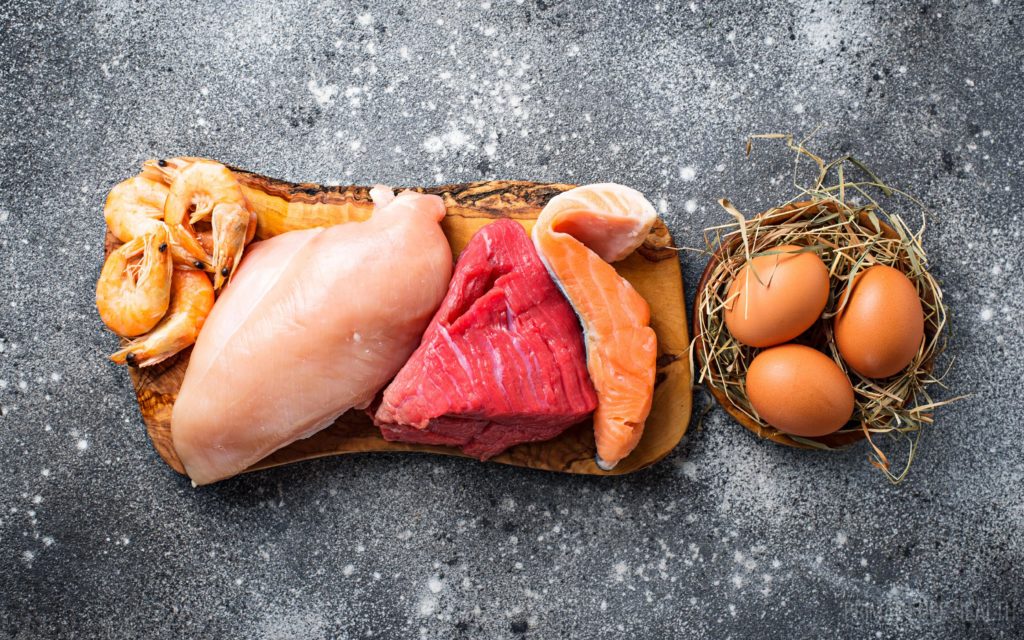
Affordable Carnivore Foods
I know how hard it can be to create a carnivore grocery list when you’ve just started a carnivore diet, especially if you’re on a limited budget. I mean, what else is there besides ribeye steaks and butter? Well, actually, there are a lot of budget-friendly carnivore diet foods. Here are some ideas.
Protein Picks
For high-quality protein, you have several affordable options.
- Eggs: An excellent, cost-effective source of protein. You can use them in various ways and get essential nutrients at an affordable price.
- Ground beef: It’s versatile and widely available at affordable prices. Plus, you can make great-tasting recipes like grilled burgers and Scotch eggs even if the meat is on the cheaper side, as long as you prep correctly. Similarly, ground meat from other animals like pork, bison and lamb are great choices.
- Hard-working muscle meat: Think chuck roast, beef shank, stew meat, pork shoulder and other cheaper cuts of meat from the arms and legs. They are usually collagen-rich and need to be slow-cooked until tender.
- Bone-in beef: Bone-in steaks are cheaper then boneless. Likewise, bone-in chicken is a great option too.
- Canned fish: Fatty fish like sardines, mackerel, and tuna can be a valuable addition to your list. They’re affordable and will last a long time on the shelf, making them viable storable food for emergencies.
- Chicken thighs or drumsticks: These are more economical than chicken breasts.
- Whole chicken: Instead of separate parts, purchase the whole bird.
- Grain-fed meat: Grain-fed beef is cheaper than grass-fed beef. Likewise, grain-fed chicken is cheaper than organic and pasture-raised.
- Lower grades of beef: Save money on cheap cuts of lower grade Select or Choice beef instead of USDA Prime.
- Dairy: Good-quality dairy like milk, cream and cheese can provide extra vitamins and minerals, including calcium.
Incorporating these protein picks into your meal plan ensures you get essential nutrients. In addition, it helps keep your food costs down.
Fat Sources
Right after protein, animal fats are the second most important part to eat on a carnivorous diet. But, of course, it’s important to explore cost-effective options that align with your dietary needs. Here are some ideas:
- Tallow: Learn how to render tallow at home and make it yourself.
- Bacon grease: Save the fat that renders out when you cook bacon, then use it to cook with later.
- Bone broth fat: Skim off the fat that rises to the top of carnivore bone broth. Store it in an airtight container in the fridge. It won’t store at room temperature since it’s mixed with a little bit of liquid.
- Suet: This is fat from ruminant animals. It encases the kidneys and runs down the loin. Slice and pan-fry it, then serve with protein for a delicious treat.
Organ Meats
Not everyone is keen on trying organ meats, but the nutrient density and low price tag might get your attention.
It took me a while to come around to eating the odd bits, but I find the benefits of nose-to-tail eating worth the effort. Starting with chicken liver or beef liver on a carnivore diet is usually a first step into the world of kidney, tongue, and beyond. Organ meats include:
- Liver
- Kidney
- Brain
- Heart
- Tongue
- Sweetbreads
- Tripe
Conclusion
I’ve learned how to navigate a carnivore diet on a budget over time and with continuous practice and refinement. Sure, it’s not always easy to run on a small grocery budget, but judicious shopping for cheaper meat is possible.
Save this guide for later, or share it with your loved ones who are also planning to start their carnivore journey. If you have additional budget-friendly ways to start a carnivore diet, please leave a comment below and share with us!


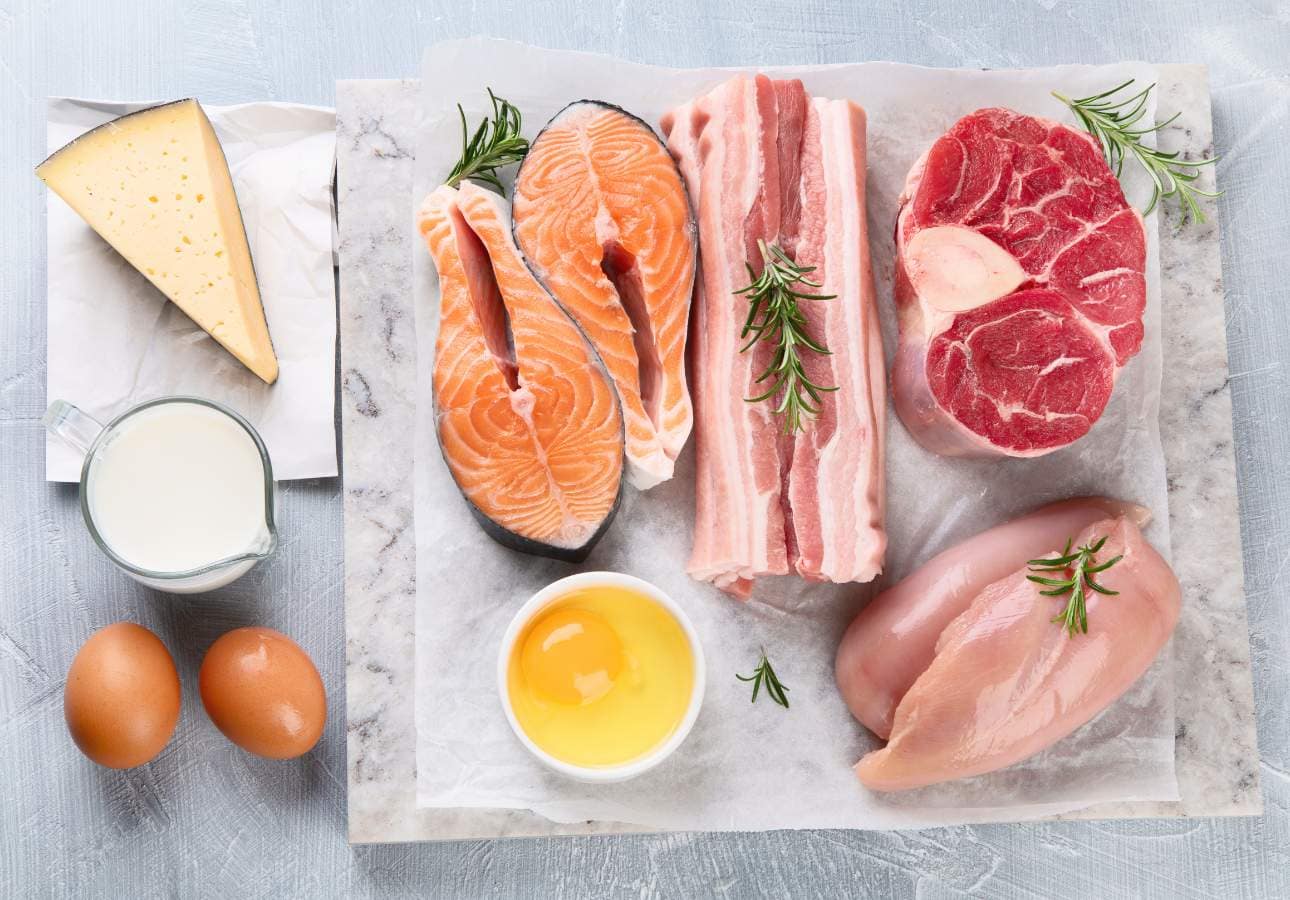

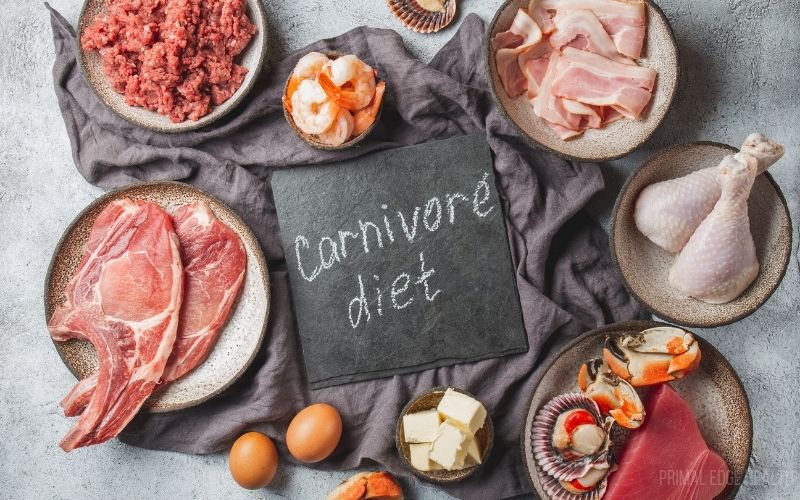
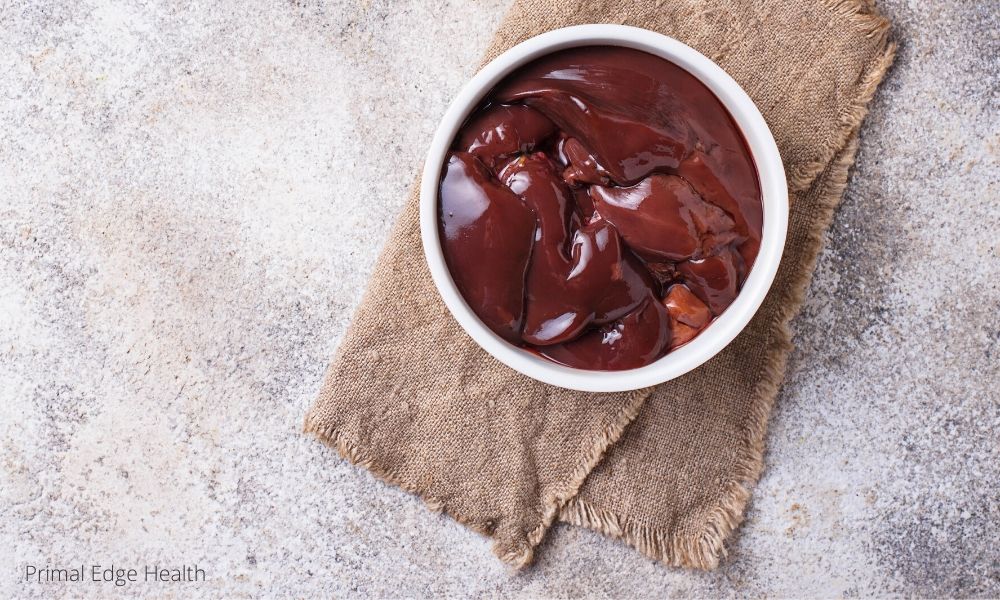
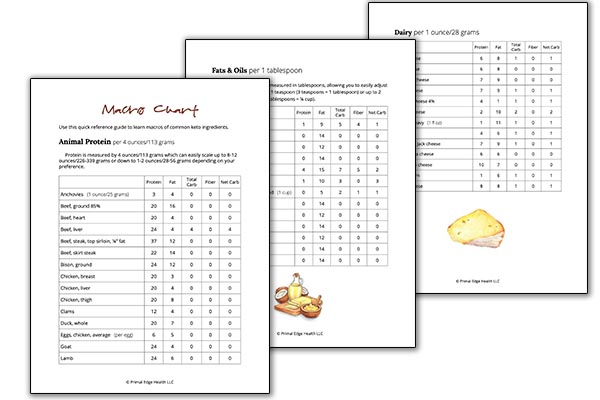
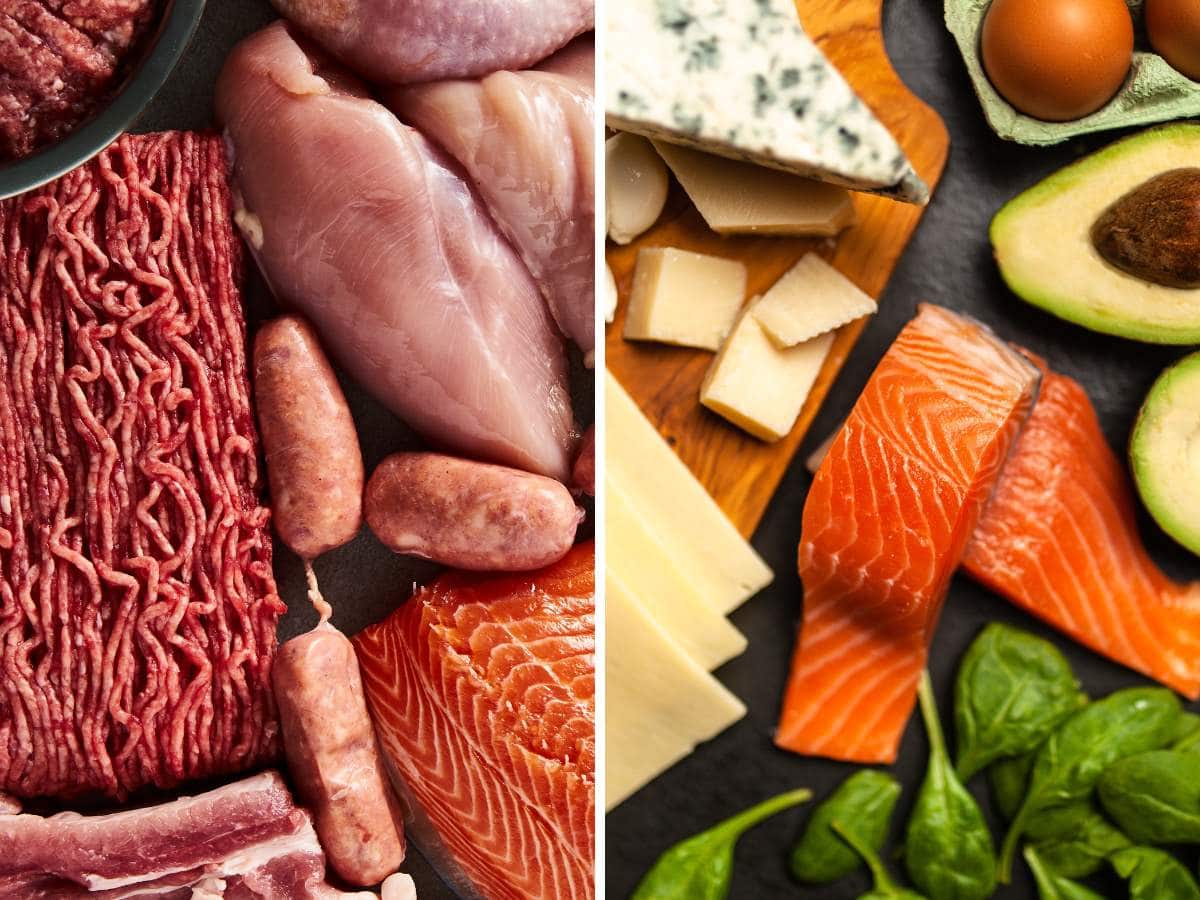
I’ve been doing carnivore for a few months now and I’m amazed by how much less time and money I’m spending on food. I eat two ultra simple meals a day and don’t even think about getting takeout out or junky snack foods. Health benefits aside, this lifestyle has been a great fit for me so far and I’m looking forward to getting into direct purchasing.
That’s great to hear, Thalia. Congratulations on enjoying the lifestyle change.